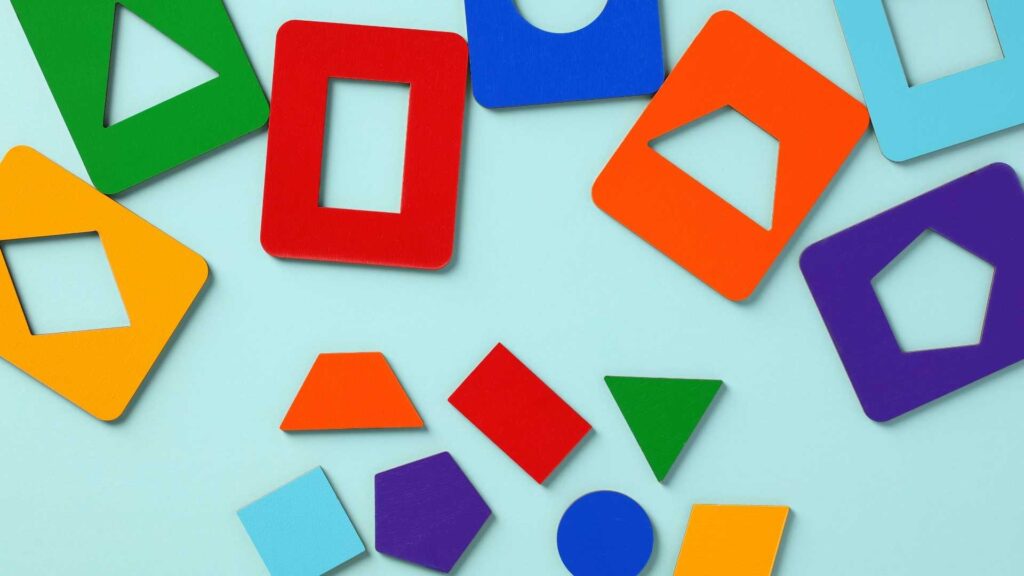Developing Baby’s Imagination with Wooden Toys: Games and Stories

Introduction: Cultivating Creativity in Early Childhood
The formative years of a child’s life, particularly between ages 0-2, serve as a canvas for creativity and imagination. As parents, it is our privilege to nurture and inspire this innate sense of wonder. In this extensive guide, we will explore the captivating world of wooden toys and how they become the building blocks for imaginative play, storytelling, and cognitive growth in babies and toddlers. Through games, stories, and interactive activities, we will unravel the magical journey of developing your little one’s imagination.
1. The Marvel of Early Childhood Imagination
- The psychological significance of imaginative play in cognitive development.
- How early childhood imagination lays the foundation for future learning.
- Imagination as a tool for emotional expression and empathy.
2. Wooden Toys: Bridges to Boundless Creativity
- Sensory exploration through wooden textures: from smooth to grainy, engaging tactile senses.
- Open-ended play: how wooden toys encourage imaginative scenarios and storytelling.
- The role of color psychology in stimulating creativity and emotional responses.
3. Games That Ignite the Imagination: Interactive Play Ideas
- Role-playing adventures: transforming wooden toys into characters and settings.
- Creative stacking and building: fostering spatial awareness and problem-solving skills.
- Sensory treasure hunts: engaging sight, touch, and sound in a delightful exploration.
4. Stories that Come to Life: The Art of Imaginative Storytelling
- Crafting imaginative narratives: creating stories around wooden toy characters.
- Incorporating moral lessons and empathy: storytelling as a tool for emotional intelligence.
- Interactive story sessions: involving children in the storytelling process.
5. Educational Significance: Imaginative Learning and Cognitive Growth
- Language development through imaginative play: expanding vocabulary and communication skills.
- Counting and math in everyday scenarios: incorporating numbers and shapes into imaginative play.
- Problem-solving quests: using imaginative challenges to enhance critical thinking.
6. DIY Wooden Toy Projects: Crafting Together, Imagining Together
- Simple wooden toy crafting ideas: turning household items into imaginative play tools.
- Family bonding through DIY projects: encouraging creativity and teamwork.
- The sentimental value of handmade wooden toys: creating cherished heirlooms.
7. The Psychology of Play: Understanding the Creative Mind of a Child
- The science behind imaginative play: how it stimulates neural connections and cognitive growth.
- Imaginative play and emotional regulation: understanding feelings through creative expression.
- The relationship between imaginative play and self-esteem in early childhood.
8. Beyond Playtime: Applying Imagination in Everyday Life
- Imaginative approaches to daily routines: turning chores into adventures.
- Imaginative learning environments: creating spaces that inspire creativity.
- Fostering a lifelong love for imagination: nurturing imaginative thinking beyond early childhood.
Conclusion: Embracing the Magic of Imagination in Early Years
In conclusion, the realm of imagination is where endless possibilities come to life. Wooden toys, with their timeless appeal and versatility, serve as catalysts for this magical journey. By understanding the importance of imaginative play, storytelling, and creative activities, parents can enrich their child’s early years and set the stage for a future filled with curiosity, innovation, and endless creativity. As we embark on this adventure together, let us celebrate the joy of childhood imagination, where dreams take flight and the world is a canvas waiting to be painted with the vibrant colors of creativity.
Selecting the right toys for your child is crucial for their development and safety. Here are essential factors to consider when choosing toys:
Age Appropriateness: Always choose toys that match your child’s age and developmental stage. Age-appropriate toys ensure both safety and proper stimulation.
Safety First: Prioritize toys that meet safety standards. Avoid toys with small parts, sharp edges, or any potential choking hazards, especially for younger children.
Material Quality: Opt for toys made from safe and durable materials. Wooden toys, for example, are non-toxic and sturdy, making them a popular choice among parents.
Educational Value: Look for toys that offer educational benefits. Toys that promote learning, such as puzzles, building blocks, or educational games, can enhance cognitive skills.
Sensory Experience: Toys with various textures and colors enhance sensory exploration. These toys can stimulate your child’s senses and contribute to their overall development.
Versatility: Choose toys that encourage versatile play. Open-ended toys, like building sets, allow children to use their creativity, providing endless possibilities for play.
Parental Supervision: No matter how safe a toy is, always supervise your child during playtime, especially for toddlers and infants.
Durability: Invest in well-made toys that can withstand rough play. Durable toys last longer, ensuring extended enjoyment and value for money.
Reviews and Recommendations: Read reviews and seek recommendations from other parents. Real experiences can help you make informed decisions about toy purchases.
By keeping these factors in mind, you can select toys that not only entertain but also contribute positively to your child’s growth and development.




